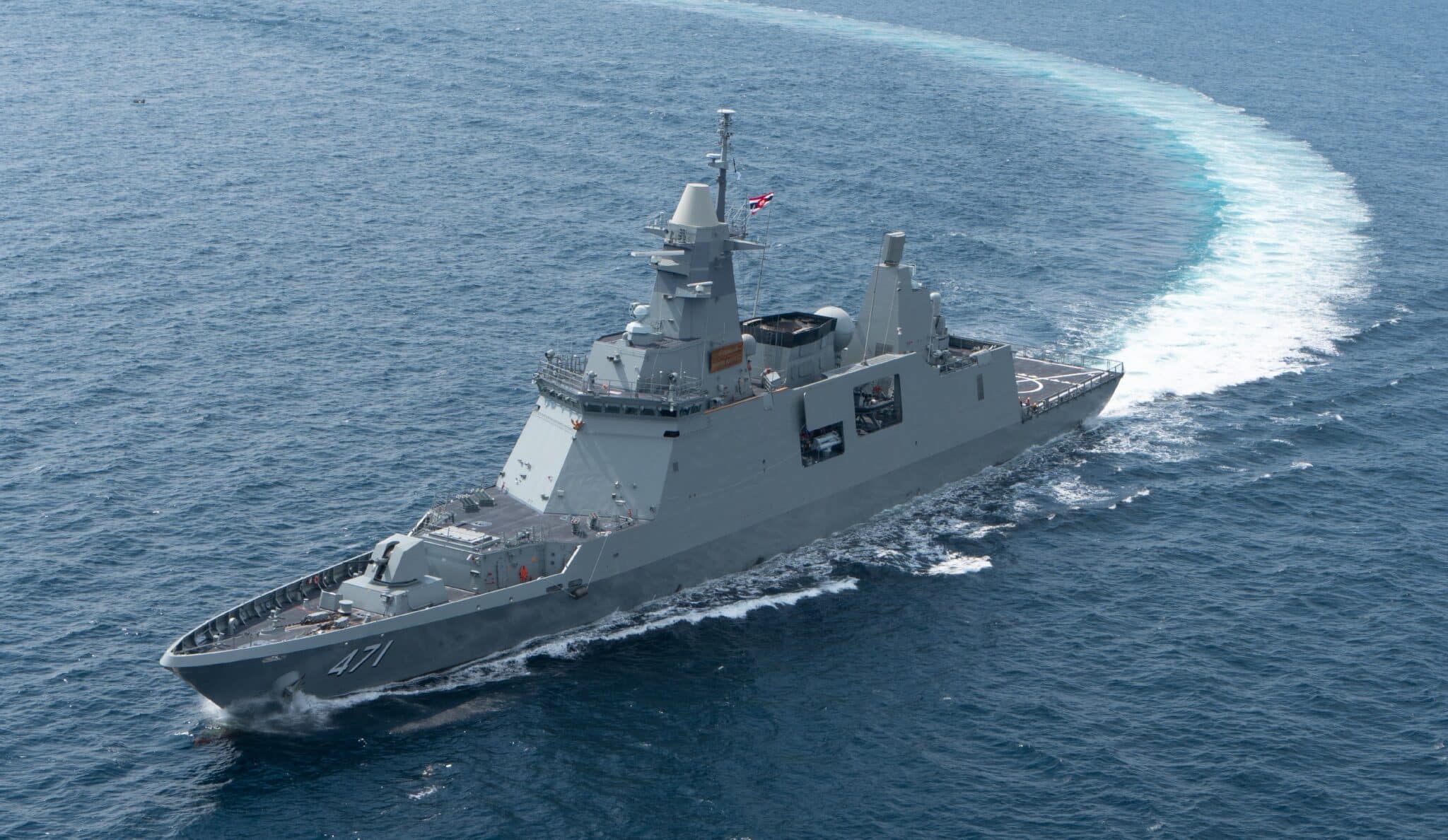Korean Shipbuilding and Defense Industries Poised to Continue Growth in 2025

South Korea’s shipbuilding and defense sectors are experiencing remarkable growth this year. With a surge in overseas orders, these industries are poised for continued success. As the Trump 2.0 era approaches, experts predict that South Korea will benefit significantly from this new political landscape. High-value ships, particularly LNG carriers, are in great demand. In defense, key products like the K2 tank and K9 self-propelled howitzer are gaining traction in international markets. This article explores the current state of these industries and their future prospects.
Unprecedented Growth in Shipbuilding
The South Korean shipbuilding industry is witnessing an unprecedented wave of overseas orders. On November 29, Indian government officials, including Deputy Minister Sury TK Ramachandran, visited South Korea’s major shipbuilders. This visit is part of India’s strategic plan to expand its fleet from 1,500 to 2,500 ships. Despite having only 28 shipyards, India is eager to collaborate with South Korea to establish local shipyards and order merchant ships. This partnership indicates a long-term growth trajectory for the shipbuilding sector, rather than a fleeting boom.
The three major shipbuilders—HD Korea Shipbuilding & Offshore Engineering, Hanwha Ocean, and Samsung Heavy Industries—are on track to report combined profits for the first time in 13 years. As of the third quarter, HD Korea Shipbuilding reported an operating profit of 935 billion won, while Hanwha Ocean and Samsung Heavy Industries reported 68.9 billion won and 328.5 billion won, respectively. Notably, HD Korea Shipbuilding has been profitable for six consecutive quarters, and Samsung Heavy Industries for seven.
The focus on high-value ships is crucial. Domestic shipyards currently account for 240 of the 340 LNG carriers on order worldwide, representing over 70% of the market. While China leads in container ship and tanker orders, Korean technology remains dominant in LNG carriers. Industry experts anticipate that up to 1,500 additional LNG carriers could be ordered in the next decade. This sustained demand suggests that the shipbuilding industry will continue to thrive in the coming years.
Defense Sector Poised for Expansion
The South Korean defense industry is also set for significant growth. The five major defense companies—Hanwha Aerospace, Hanwha Systems, Korea Aerospace Industries (KAI), Hyundai Rotem, and LIG Nex1—are expected to surpass 2 trillion won in operating profit for the first time this year. This marks a historic milestone for the industry. Key products driving this growth include the K9 self-propelled howitzer, which dominates the global market, and the K2 tank, for which a second contract with Poland is imminent.
Additionally, the Cheongung II missile system has successfully been exported to Iraq, following sales to the UAE and Saudi Arabia. The Surion utility helicopter has also made strides, becoming the first Korean rotary-wing aircraft to be exported to Iraq, valued at 135.7 billion won.
With President-elect Trump signaling a shift in U.S. foreign policy, South Korea stands to benefit. His intention to reduce U.S. involvement in overseas conflicts may lead to increased defense spending by individual countries. This shift creates a favorable environment for South Korea as a major defense exporter. Recent developments, such as the 2.75-inch guided rocket “Bigung” passing the U.S. Department of Defense’s final performance test, further position South Korea for success in the U.S. market.
Both the shipbuilding and defense industries in South Korea are on a trajectory of significant growth. With strategic international partnerships and a strong demand for advanced technology, these sectors are well-equipped for continued prosperity in the years ahead.
